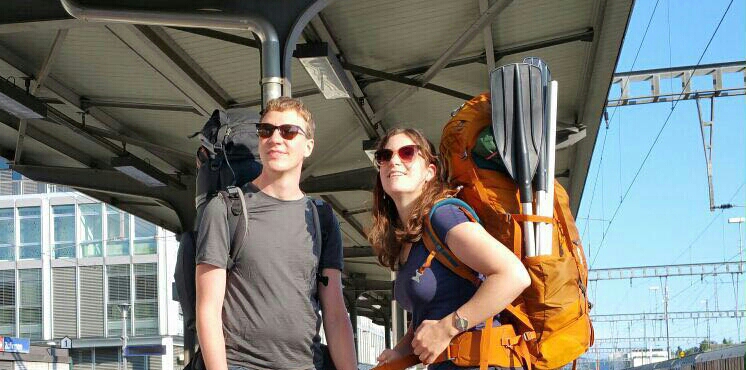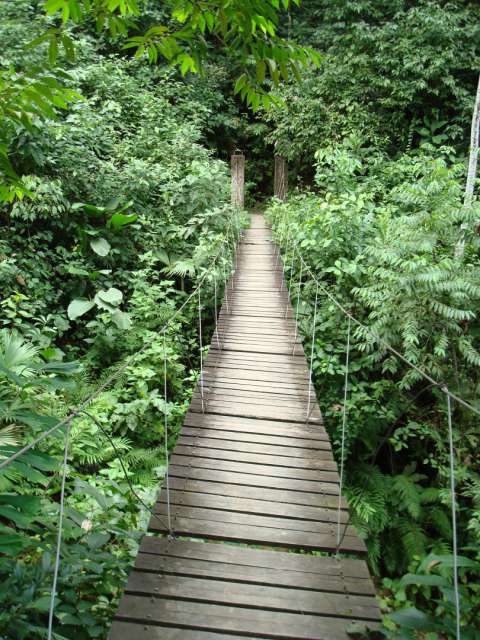India - the South
Çap edildi: 19.04.2017
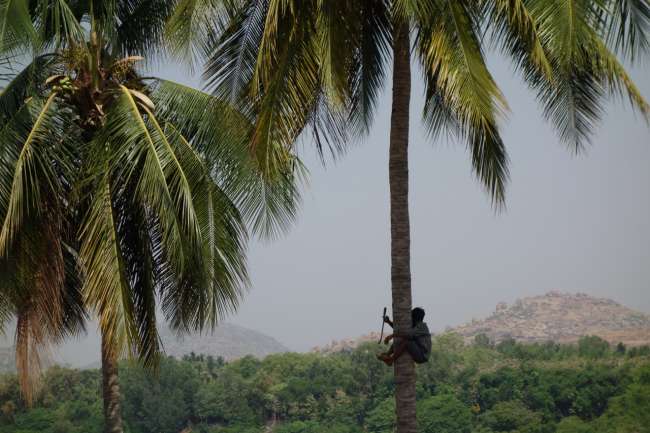
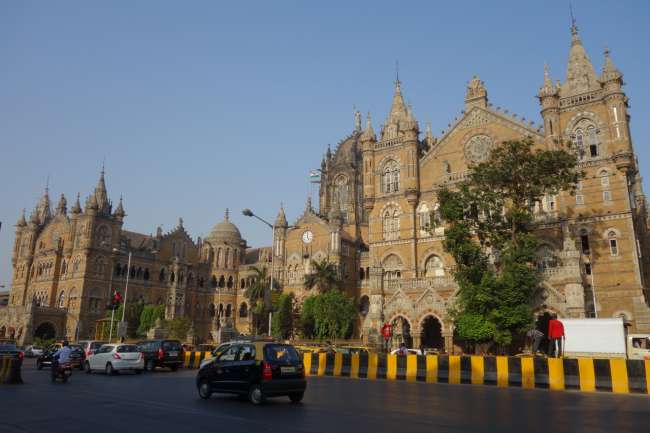
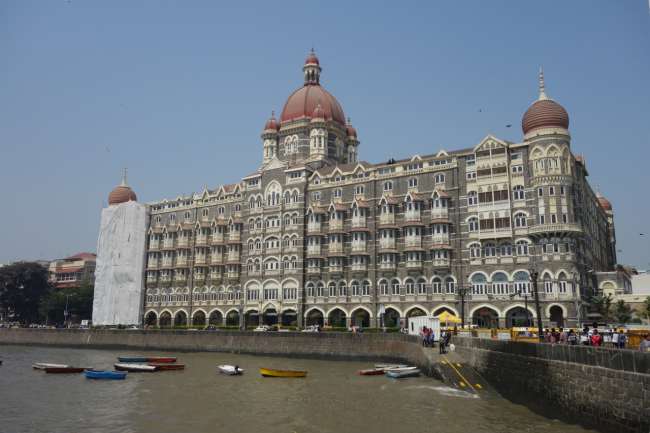
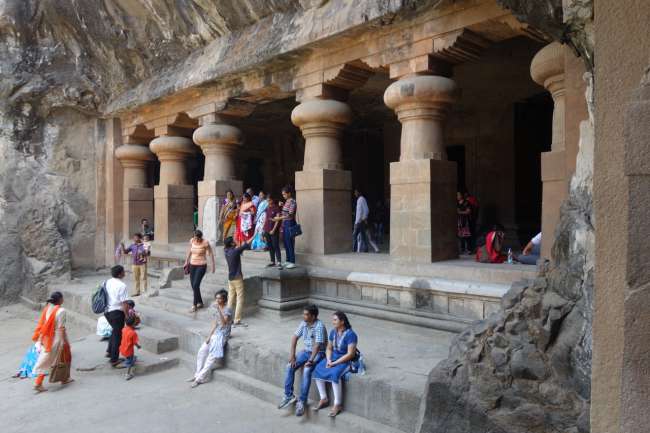
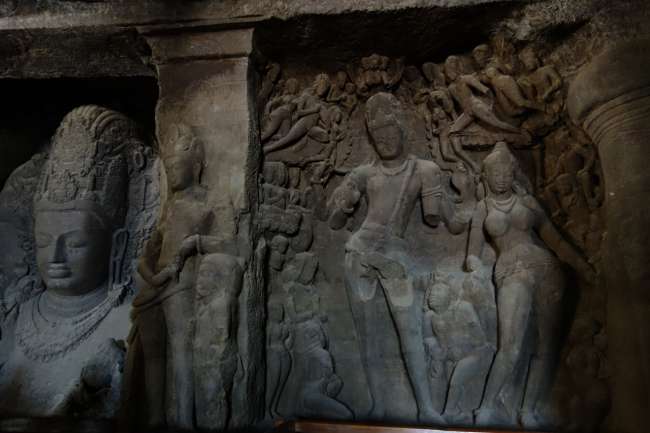
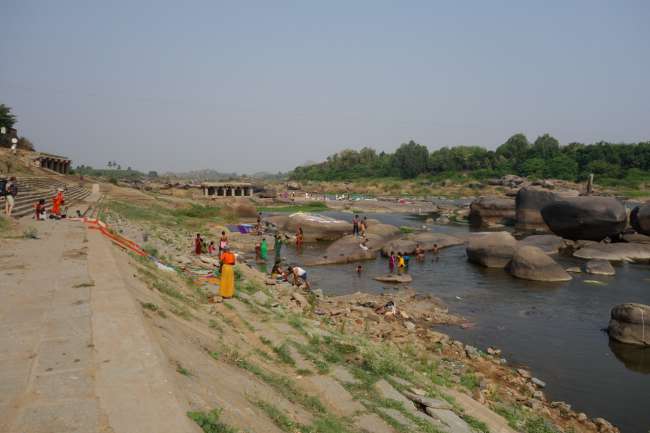
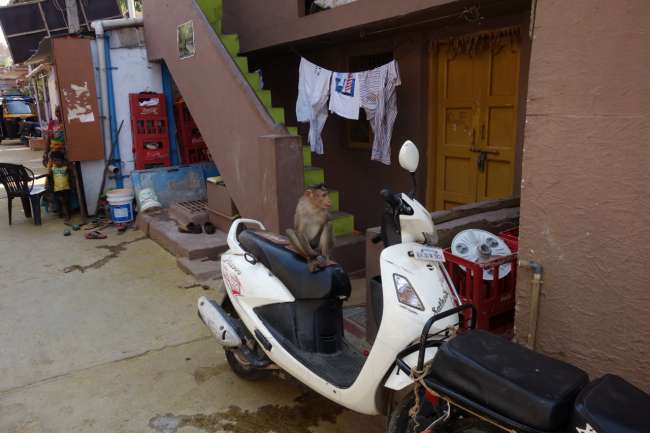
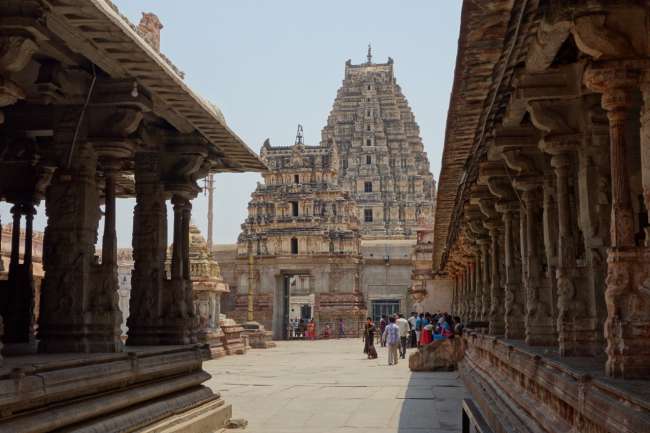
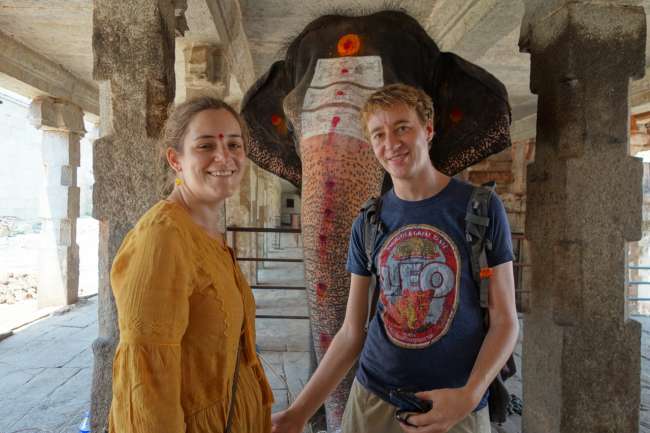
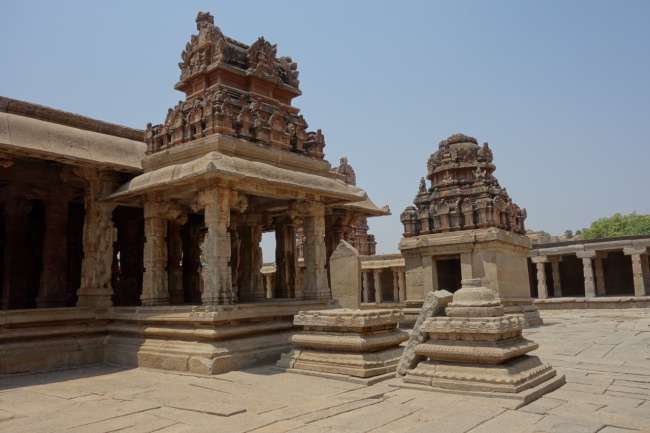
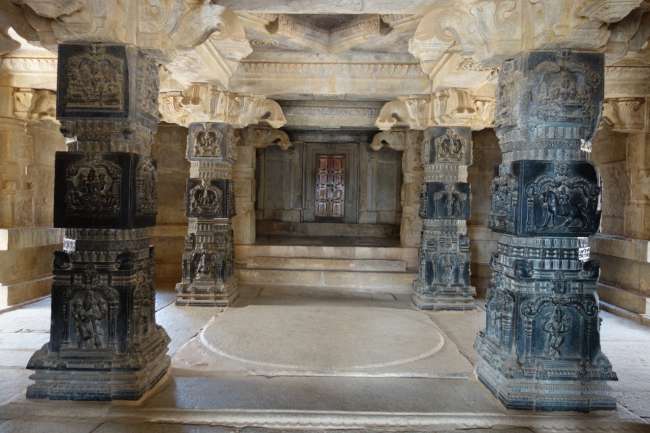

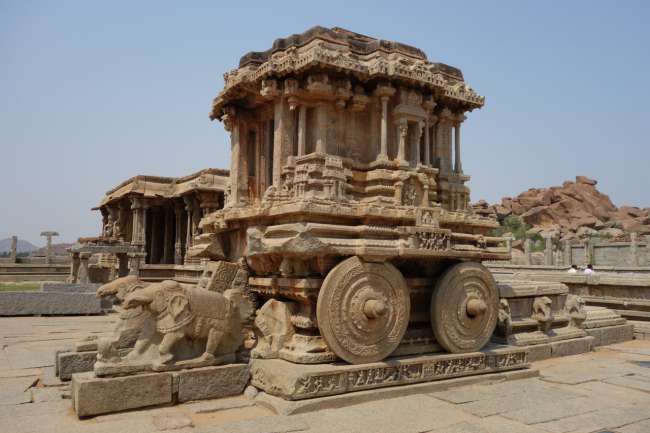
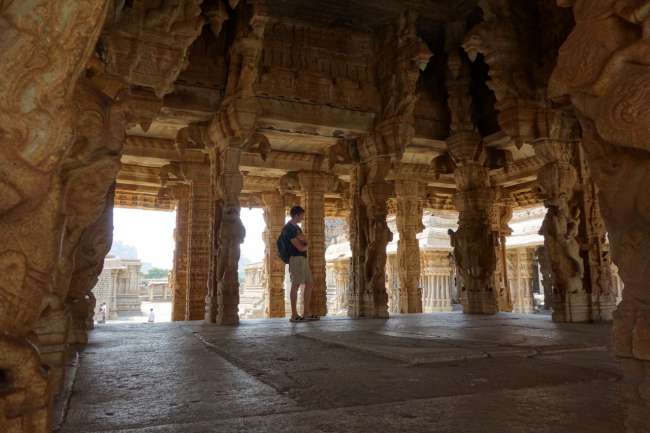
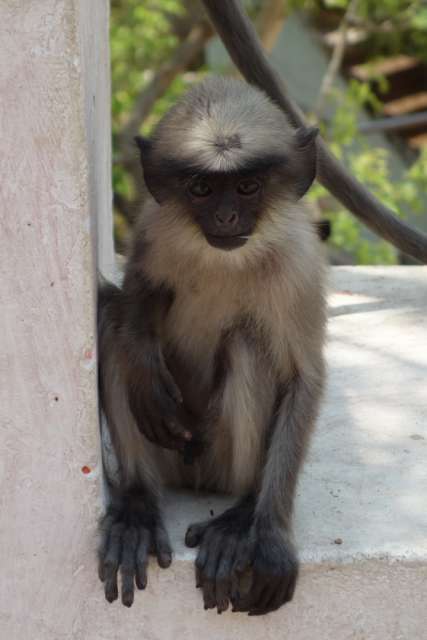
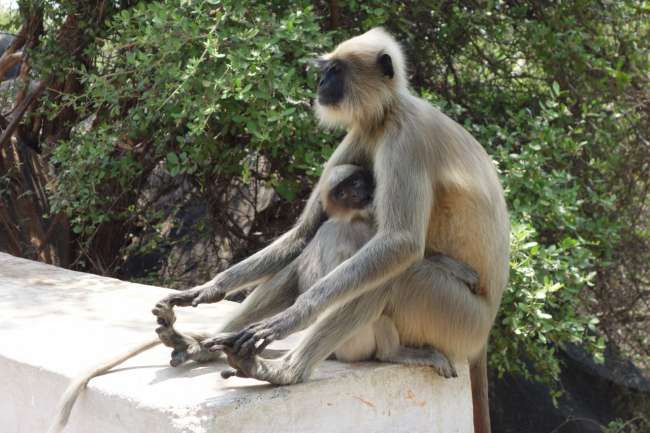
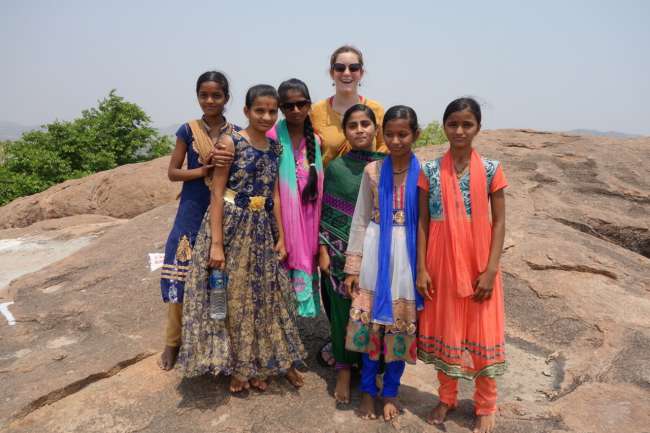
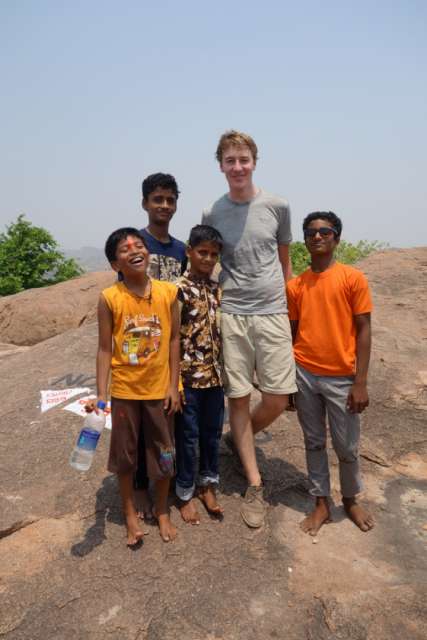
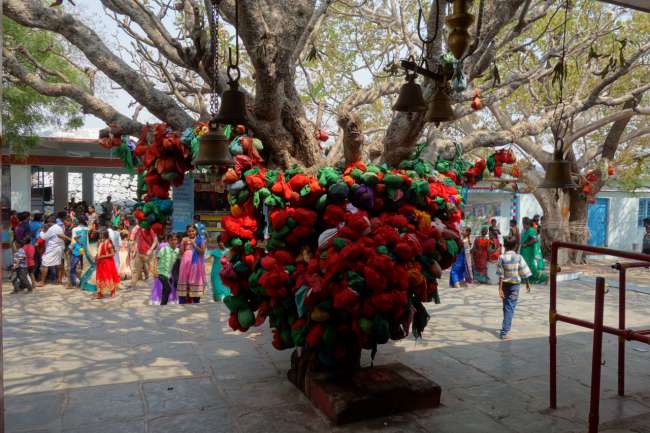
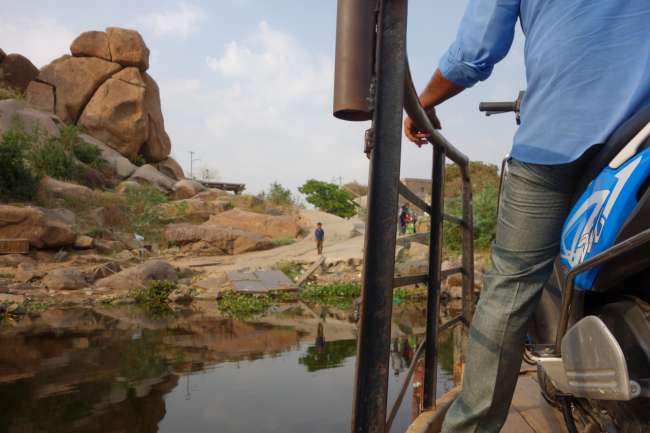
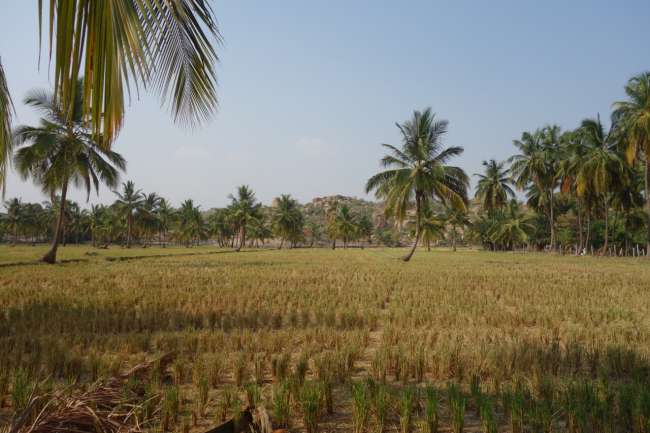
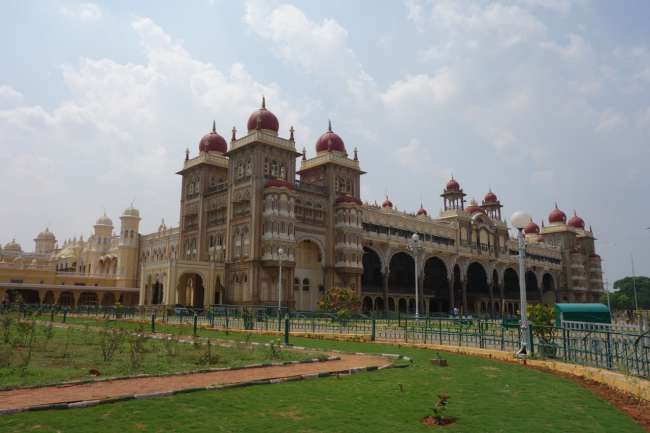
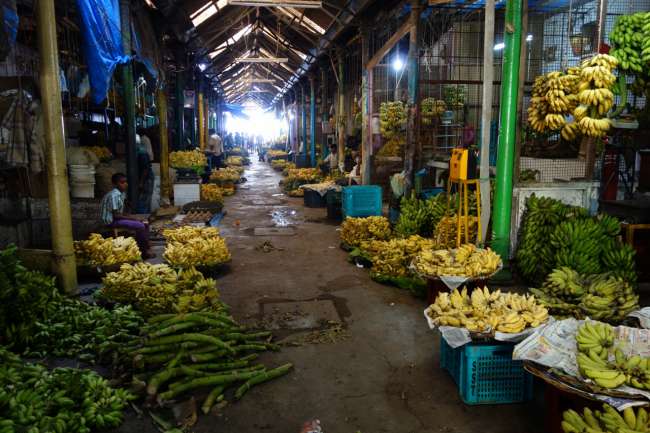
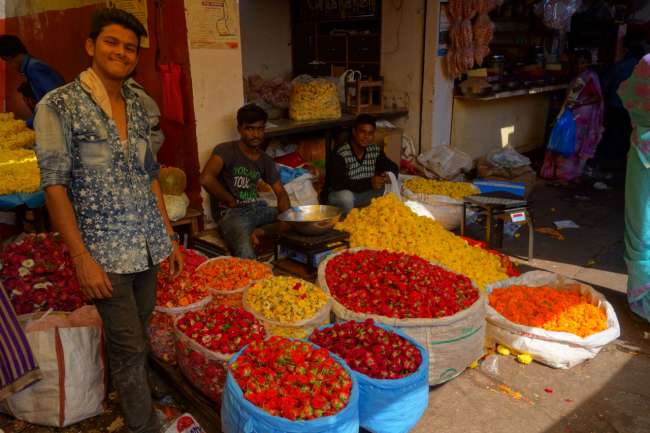
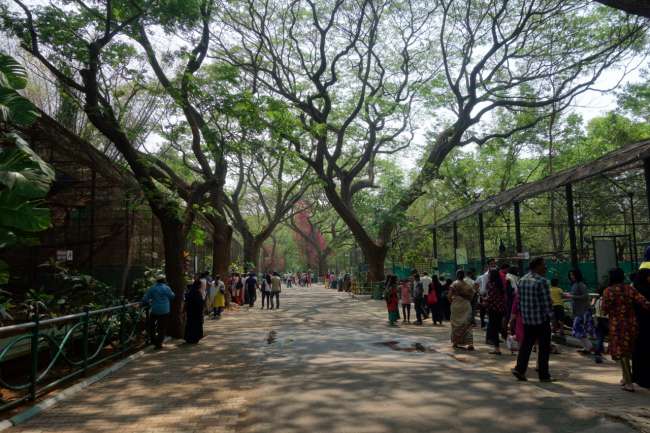
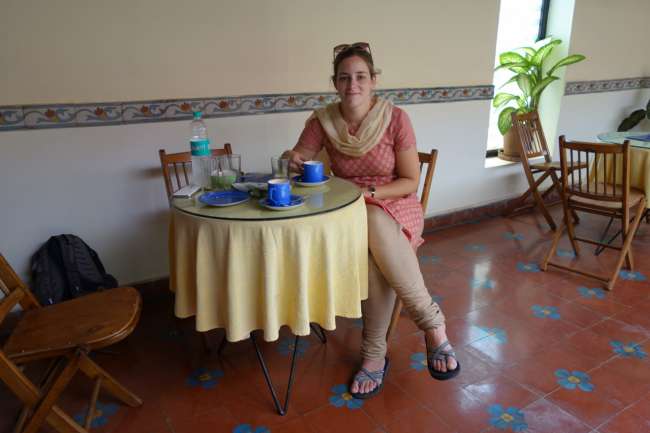
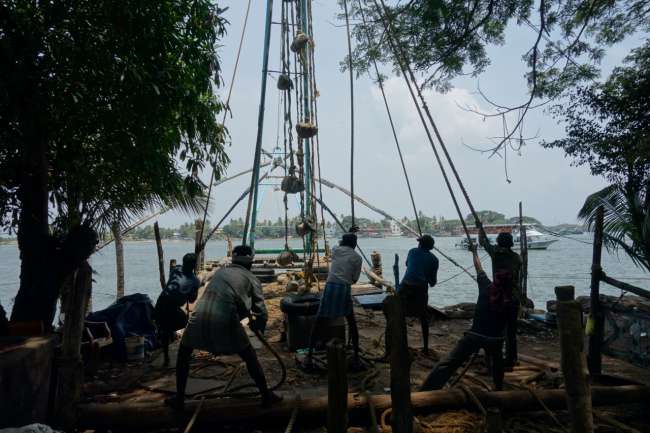
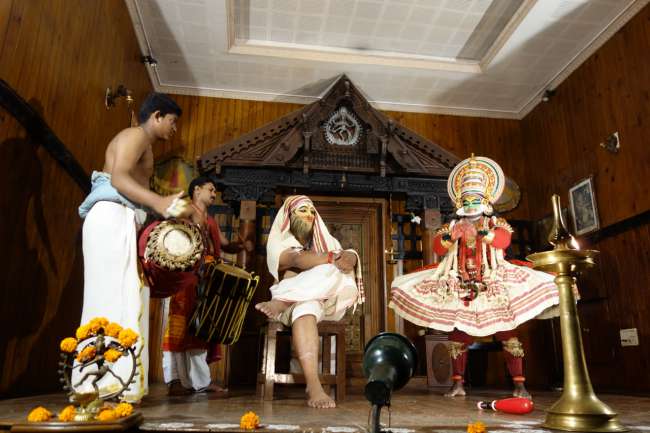
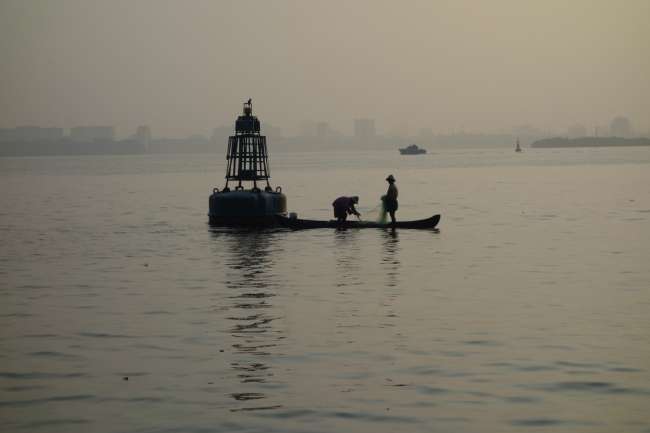
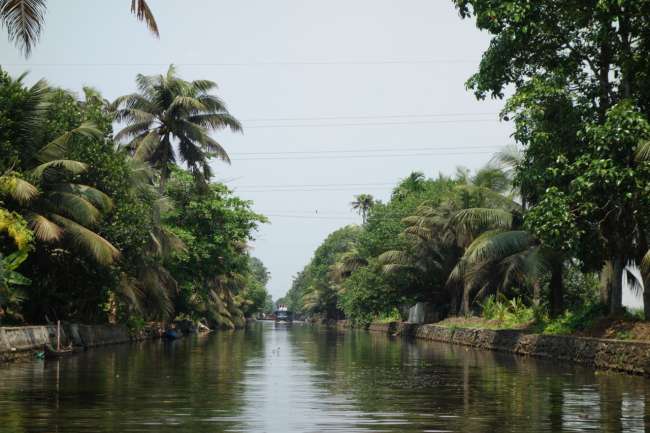
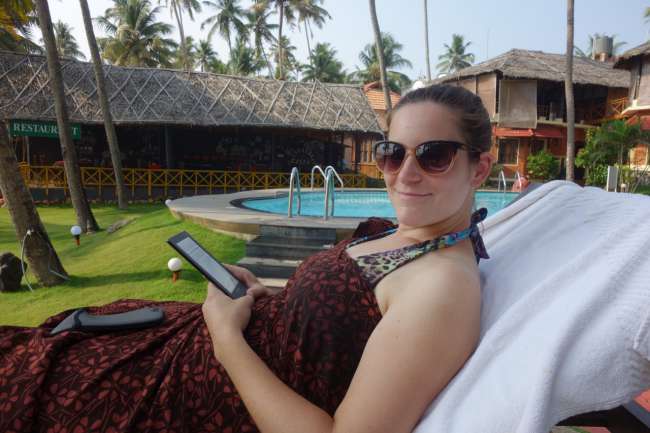

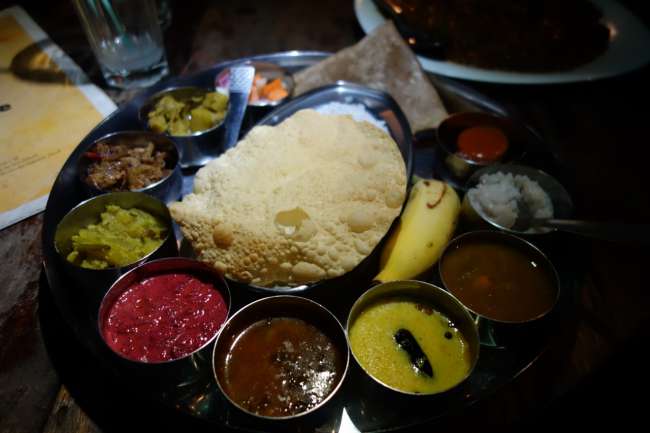
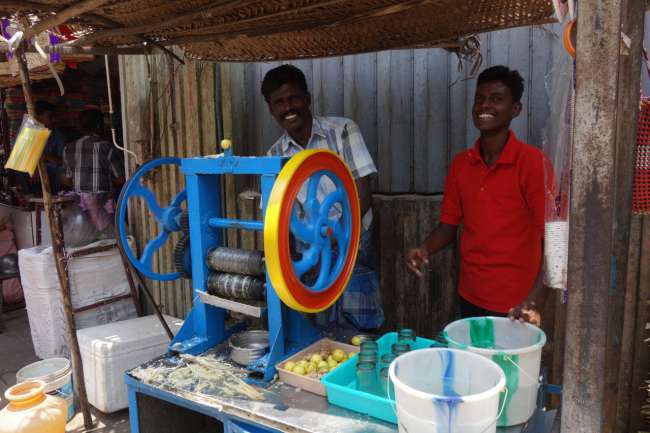
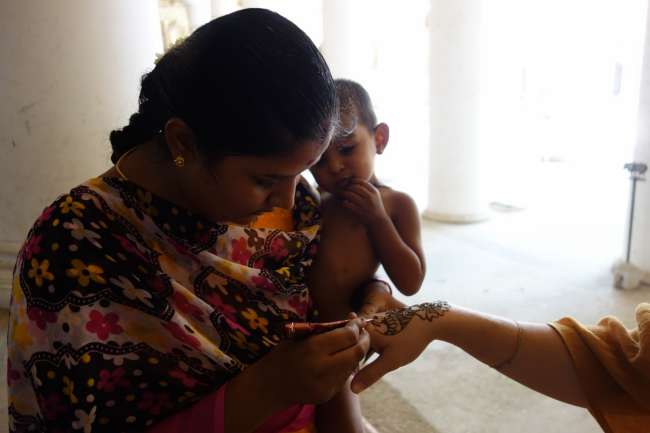
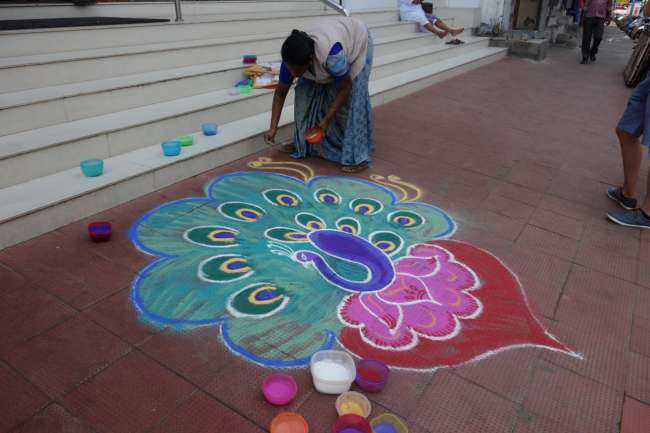
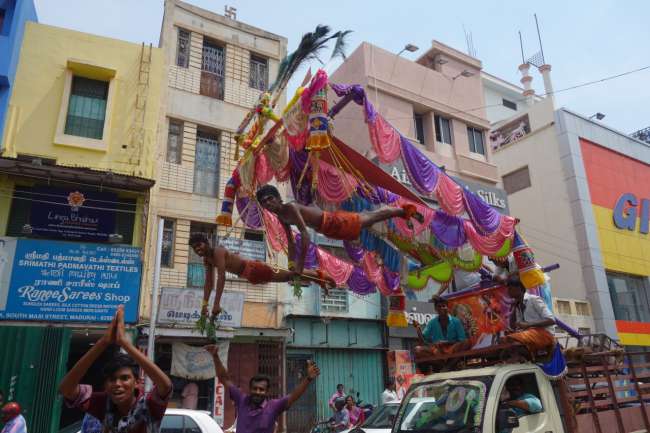
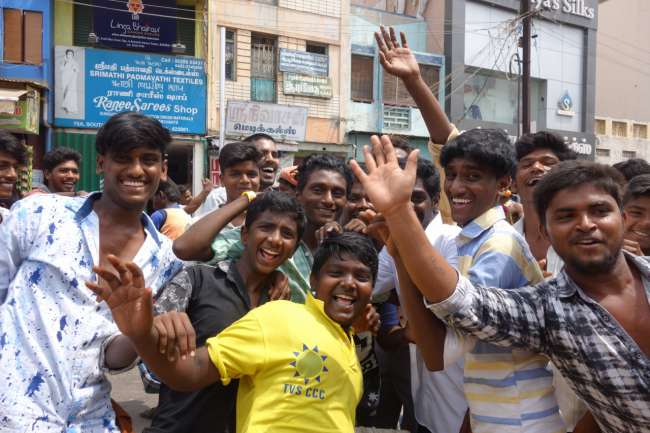
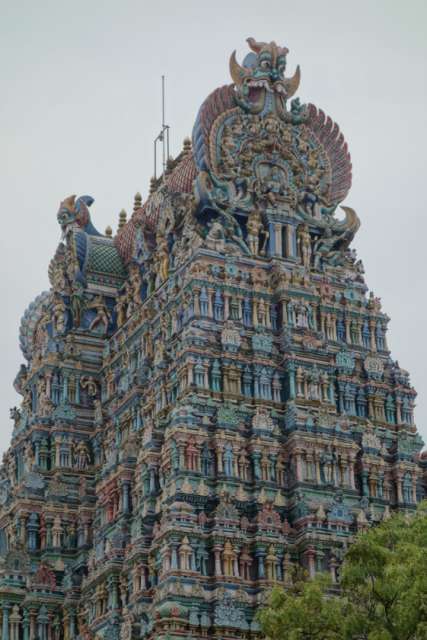
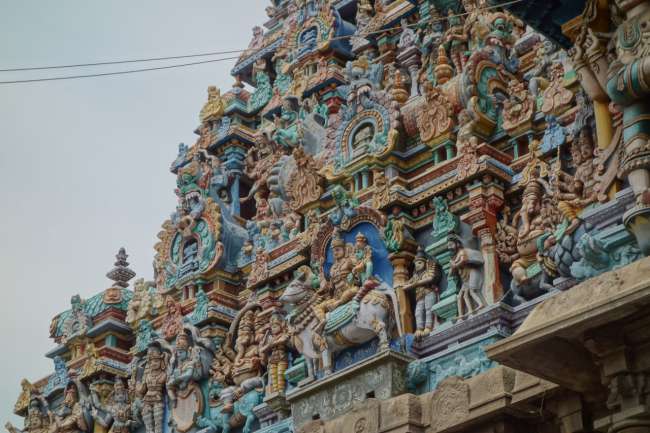
Habar býulletenine ýazylyň
First we went into the metropolis Mumbai. The South welcomed us with hot and humid weather. At the southern end of the city, magnificent English colonial buildings, such as the courthouse or the Taj Mahal Palace Hotel by the sea, reminded us of the times when Mumbai (then known as Bombay) was the trading capital of India. The monumental old Victoria Station is the most beautiful colonial building of all and one of the largest train stations in the country. Incredible 3 million passengers are handled here daily.
The slums of the city are famous and infamous. We were able to take a guided tour of the old slum district of Dharavi, where Slumdog Millionaire was filmed. Today, there are schools, running water, and electricity there, and Dharavi is only the third-largest slum in the world. More than a million people live in just 2 km2 here. And the residents are actively involved in recycling. Entire streets sort and grind plastic or wash out paint cans. Elsewhere, there are tanneries or dyeing facilities. There are said to be 20,000 such enterprises in Dharavi. So Dharavi is no longer really a slum.
In the evening, we were able to attend an English stand-up comedy competition for Indian newcomers and laughed ourselves half to death. The next day, we took a one-hour boat ride from Mumbai to the Elephanta Island across the sea. In several caves, you can admire well-preserved Hindu sculptures there. We became aware of the immense size of the city when we had to take a nearly 60-kilometer taxi ride to the train station at the northern end of the city.
We traveled further south to the temple village of Hampi. Almost every backpacker we had met so far had rightly praised Hampi. In the small village, almost every house is a guesthouse or restaurant. Every morning, we had to defend our breakfast against a group of monkeys who had their eyes on our yogurt. The main attraction are the temples, which extend over an area of about 200 km2. Some are very well-preserved or restored. We spent a whole day exploring the temples with a tuk-tuk. The elephant lady Lakshmi is the star in the village temple. She can accept money donations with her trunk and blesses you with her trunk in return. During lunch, Andrea was attacked from behind by a malicious (but beautiful) peacock, which promptly tore her leggings.
As an important religious place, there is officially no meat or alcohol in Hampi. We moved to the other side of the river for a few days, where you can indulge in beer in the numerous cozy beachfront restaurants. Here, we were also able to rent a scooter and explore the neighboring villages. In Hampi, it was nearly 40°C hot every day, but the climate was not so humid that it was bearable.
We took the train further south to Mysore, where we could visit one of the most beautiful palaces in all of India. At the city market, there are an estimated 100 banana sellers and beautiful flowers. There were hardly any tourists in the city, and during dinner, we had a live band all to ourselves - but that may also have been because of the band.
The constant heat drove us further south towards the sea to Kochi in Kerala. Here, you can't swim, but you can watch the fishermen on the coast catch fish in large groups with Chinese fishing nets. A flat net, similar to a shovel, is repeatedly submerged and raised. You can buy the fish fresh and have it grilled at one of the many restaurants. In the evening, we attended a Kathakali performance. For these dances, the exclusively male performers are elaborately made up. The eye movements and gestures seem to be particularly important.
In the nearby Alleppey, we wanted to take a boat ride through the backwaters. Unfortunately, it was already the end of the season and the tourist trips had been suspended. Instead, we could take a regular ferry and chug through the backwaters to the village of Kottayam and from there take a bus to Kollam.
Because of the heat, the hotel prices on the coast at this time are very low. So we could afford to stay in a Ayurveda resort with a pool in Varkala for several nights and relax with massages and Ayurvedic steam baths. Here, we could finally swim in the sea again. The food is fabulous: Here in Kerala, there are the famous Thalis with 8 different curries and of course excellent seafood. From here, we took the train back to Madurai, which is already in the Tamil part of India. The city is known for its very colorful Hindu temple. The next day, Tamil New Year was celebrated with a lively parade, with cars being dragged through the city, with men dangling from their bare skin with huge hooks. From here, it was only a one-hour flight to Sri Lanka.
Habar býulletenine ýazylyň
Jogap

Syýahat hasabaty Hindistan
